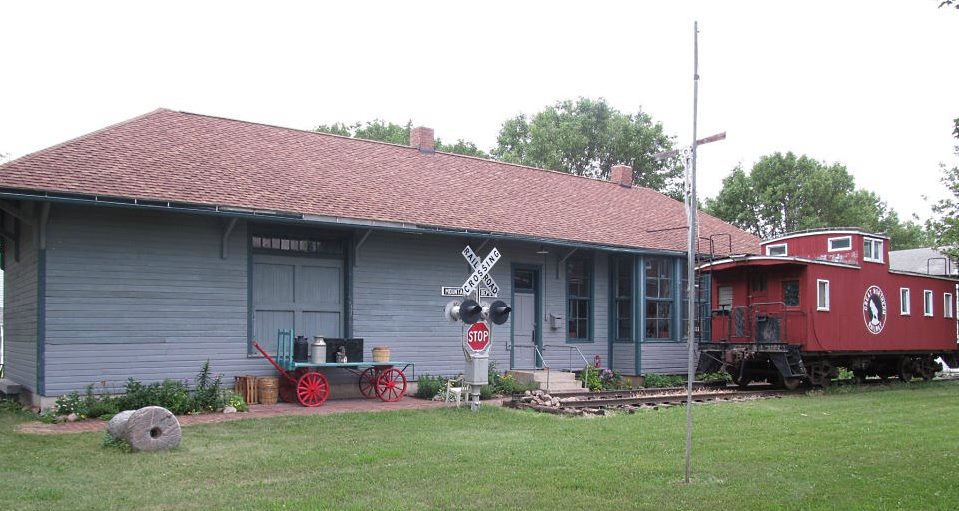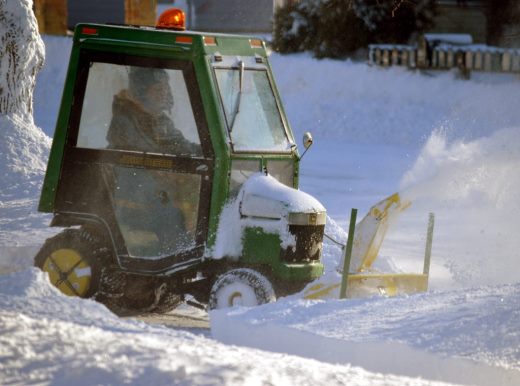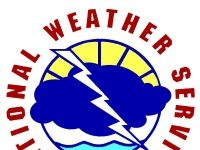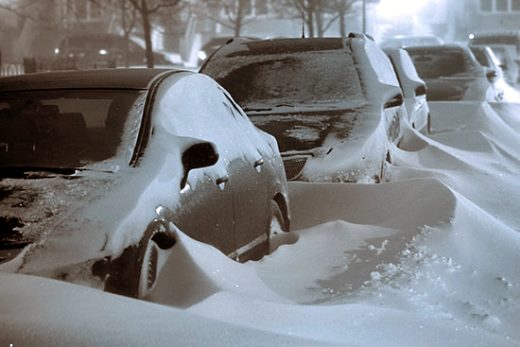AAA, DPS on prepping your vehicle; NWS on Survival Kit necessities

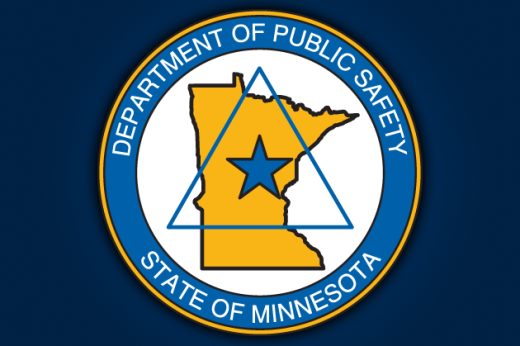
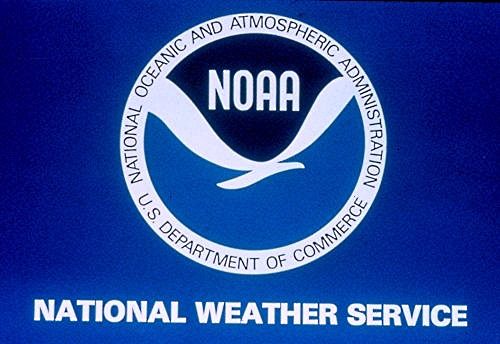
With above-normal temps and green grass, you might have missed that last week for Winter Hazard Awareness Week.
However, winter can arrive any day now, and it is time to get your vehicle prepped in a couple of ways – to avoid vehicle breakdown and to be prepared if you do get stuck in a snowstorm or your vehicle breaks down in the cold.
Millions of drivers are at risk for a breakdown during cold weather simply because they don’t perform basic seasonal maintenance on their vehicles.
The American Automobile Association (AAA) and the Minnesota Department of Public Safety (DPS) have compiled a checklist drivers can use to winterize their vehicles:
+ Battery: – Besides checking the juice, be sure connections are tight and free of corrosion.
+ Tires – Check the air pressure and tread depth. When depth reaches 3/32 of an inch, replace the tires. Don’t forget about the spare tire, and keep any lug nut keys in the glove box for easy access.
+ Belts and Hoses – Look for cracks, uneven wear and loose clamps.
+ Fluids – Be sure oil and brake, antifreeze, power steering and transmission fluids are above the minimum levels stated in the owner’s manual.
+ Wipers – Be sure wipers can clear away water, ice and snow without leaving streaks or missing spots. Be sure windshield washer fluid has an antifreeze component.
+ Lights – Ensure all brake lights, headlights, taillights and backup lights are working – plus turn signals and emergency flashers.
In addition, during the winter season, it is recommended that everyone living or traveling in an area affected by snowstorms or blizzards have a Winter Survival Kit in every vehicle.
Here is what the National Weather Service (NWS) recommends be included in each kit:
+ First Aid kit.
+ Shovel.
+ Ice scraper.
+ Road flares.
+ Basic tools.
+ Tow cable or strap.
+ Non-perishable food, such as peanuts or granola bars, along with drinking water.
+ Extra clothing like sweatshirts, snowmobile suit and hats and gloves; fleece blankets or sleeping bags for everyone in the vehicle.
+ Flashlight with extra batteries.
+ Tire chains, sand or cat litter or something to provide extra traction.
+ Jumper cables.
+ Hand and foot warmers.
+ Cell phone with a fully-charged battery and/or a car charger.
+ Keep road rescue apps and number of family members handy.
These items can be stored in the glove box or inside the vehicle in case the trunk becomes frozen shut or is inaccessible.


